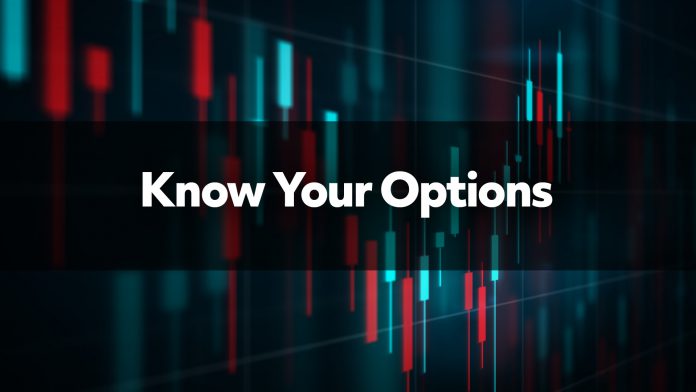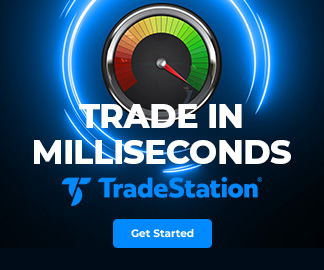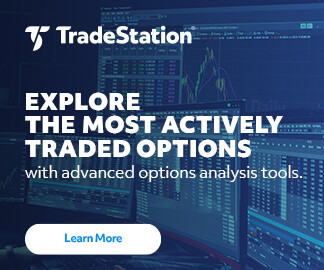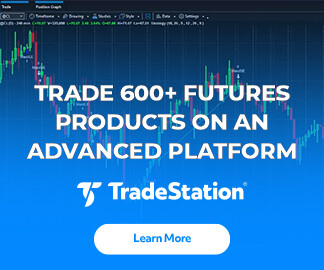Options are an important tool for many retail investors. They can either replace trading shares, or make it easier to position oneself in stocks. Let’s consider the first things options traders need to know.
An Option’s Price Is Usually Called ‘Premium’
There are some historical reasons for this but they’re not very interesting. Just remember that you’ll hear the term “premium” used all the time with the price of options.
Options Derive Their Value From Stocks
Options give you a right or obligation to buy or sell a stock at a certain price over a certain time period. As a result, premiums are based heavily on the value of the underlying shares. (Called “underliers.”) Because they derive their price from something else, options are derivatives.

Calls Generally Appreciate When Prices Rise
Calls fix the price where you can buy a stock. That makes their premiums increase when the shares go up.
They’re like a coupon saying you can buy a cup of coffee for $0.99. If the full price is $2.99, then it’s easy to see that the coupon itself is worth at least $2. It’s also pretty clear that the coupon would gain value if the cup of coffee rose to $4.99.
Puts Generally Appreciate When Prices Fall
Puts fix the price where you can sell a stock. That makes their premiums increase when the shares go down.
Say an investor owns a stock worth $80 but the puts give him or her the right to sell for $100. It’s not hard to see the puts are worth at least $20, and gain value if the stock falls.
Options Owners Control 100 Shares
A single call gives you the right to buy 100 shares of the underlier. A single put conveys the right to sell 100 shares.
Options are quoted on a per-share basis, but the real cost is 100 times greater. For example, purchasing a single contract of a $0.50 call or put actually costs $50.
Options Have Leverage
These examples also show how options can generate leverage. If the cup of coffee rises from $2.99 to $3.99, it’s a 33 percent gain. However the calls would appreciate from $2 to $3, or 50 percent.
In the case of the puts, the stock might drop from $80 to $70, or 12.5 percent. But the puts would increase from $20 to $30, or 50 percent.
In both cases the options change in value more than the underlier. This leverage is the reason why a lot of people like trading calls and puts.

Leverage Is a Risk
Options’ leverage can be a significant risk when the stock moves in the “wrong” direction.
If the cup of coffee drops by 50 percent from $2.99 to $1.49, the calls would plunge from $2 to $0.49 – more than 75 percent.
Likewise the puts generally lose value when prices rise. If the stock in question rises barely 10 percent from $80 to $90, then the puts drop by 50 percent to $10.
Time and Volatility Also Impact Premiums
Aside from the underlier’s price, time and volatility impact the value of an option.
We’ll explore this more in another post. But simply put, you need to know two things:
- Options with more time until expiration generally cost more.
- Options on more volatile stocks generally cost most.
Options trading is not suitable for all investors. Your TradeStation Securities’ account application to trade options will be considered and approved or disapproved based on all relevant factors, including your trading experience. See Characteristics and Risks of Standardized Options. Visit www.TradeStation.com/Pricing for full details on the costs and fees associated with options.


























